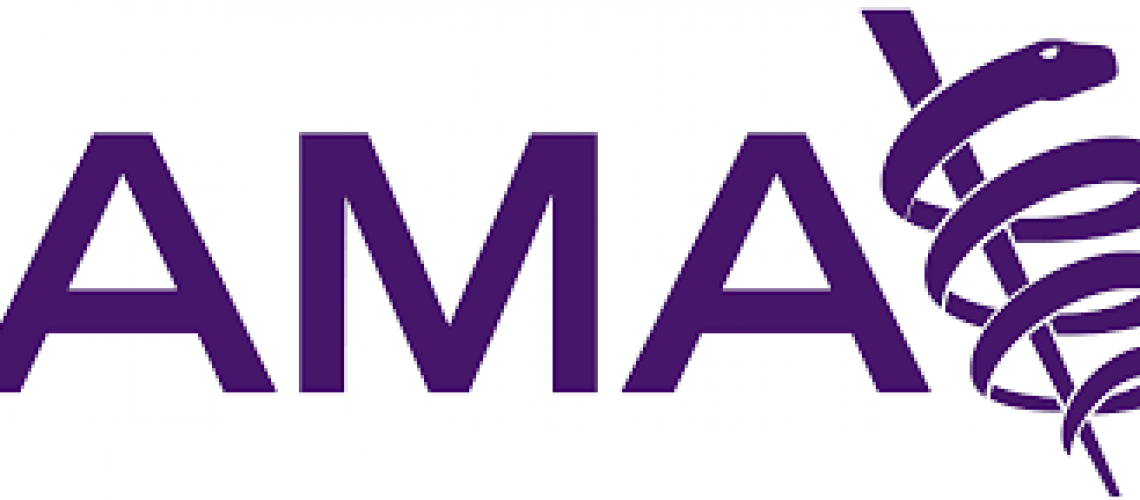A physician private practice with a good handle on its revenue cycle can bring in more dollars and adapt more quickly to external forces such as lower payment rates. It can also increase patient satisfaction “because of different transparencies that you can pass on to your patients. Their bills and statements may be clearer if you review the revenue cycle and optimize it,” said Sea Chen, MD, PhD, AMA’s physician director for practice sustainability.
Dr. Chen joined Taylor Johnson, the AMA’s manager for physician practice development, for the first of two webinars outlining the essentials of revenue cycle management and offering some invaluable practice strategies for optimizing it.
The webinar is part of the AMA Private Practice Simple Solutions series of free, open-access rapid-learning cycles that provide opportunities to implement actionable changes that can immediately increase efficiency in private practices. A second webinar, which includes subject-matter expert Asa Lockhart, MD, and features a live Q&A, is set for June 4 (registration required).
Revenue cycle management is an evolving, sometimes complicated process to administer. “Open lines of communication are key,” said Johnson.
The process includes eight steps:
- Patient registration.
- Insurance verification.
- Patient check-in and check-out procedures.
- Medical billing and coding.
- Claim preparation and submission.
- Monitoring payer decisions of submitted claims.
- Preparing patient bills or statements.
- Managing payments and collections.
It is important to assess your revenue cycle on a regular basis, said Dr. Chen. “Some practices do this annually, some people do it more frequently, but we would probably recommend reviewing on a quarterly basis to balance both diligence and the increased time commitment that it takes,” he advised.
Learn more about revenue cycle management and other essentials to start, sustain or grow your operations with the recently updated “AMA STEPS Forward® Private Practice Playbook.” A separate toolkit can help you streamline and automate your private practice’s revenue cycle.
Health IT considerations
Understanding your software’s capabilities and limitations is a key factor in success with revenue cycle management, said Johnson.
“Once you have a good understanding of the software, you can identify changes to the current workflow to make it more efficient,” she said.
Technologies ideally should help the administrative staff—not make the process more burdensome. Practice leaders should speak with the administrative team that handles each area of the revenue cycle to find out whether they are happy with the current process or if they have any ideas on how to make improvements, advised Johnson.
“If your practice decides to implement a new process or technology, make sure to identify errors or roadblocks that could occur at each stage of the transition so that your team is prepared and they can pivot accordingly,” she said.
The importance of “clean claims”
Making improvements on claims processing can also optimize your practice’s revenue cycle, said Johnson. One strategy is to identify better ways to submit “clean claims”—ones that have all the required information with no errors.
To submit a clean claim, check the patient’s demographic information and ensure that you’re entering billing charges with the appropriate diagnosis, codes, modifiers, units, authorization numbers, and any practice identification numbers that payers require.
When working with clearinghouses and payers, make sure you understand what information is required for each claim, she said. Practices should work with their software vendor to set up required information for each payer within the software itself. This ensures you’ll catch and address errors or missing information before it’s transmitted to the clearinghouse.
Of course, the claims-submission process has been disrupted for most physicians across the nation by the Change Healthcare cyberattack. Find out how the AMA is advocating at all levels to find workable solutions to allow practices to maintain financial stability and continue providing timely patient care.
Addressing claims denials
Unresolved claims denials, which can result from prior authorization, missing information, or other reasons, represent an average annual loss of $5 million, almost 5% of net patient revenue. Average initial denial rates have steadily risen from 9% in 2016 to 12% in 2022.
Physician private practices can do several things to prevent claims denials, said Johnson. The first is to identify the problem by locating the denial code on the remittance advice from the insurance company.
Work with the revenue cycle management team or billing staff and implement some denial prevention safeguards specific to your practice and the particular problem that you have identified, she added. This might involve identifying clear team responsibilities or revising current workflows.
“Finally, sit down with your team and discuss and outline best practices to prevent these denials going forward,” Johnson said.
It takes astute clinical judgment as well as a commitment to collaboration and solving challenging problems to succeed in independent settings that are often fluid, and the AMA offers the resources and support physicians need to both start and sustain success in private practice.
Find out more about the AMA Private Practice Physicians Section, which seeks to preserve the freedom, independence and integrity of private practice.
——————————————————
Originally Published On: AMA
Photo courtesy of: AMA
Follow Medical Coding Pro on Twitter: www.Twitter.com/CodingPro1
Like Us On Facebook: www.Facebook.com/MedicalCodingPro







